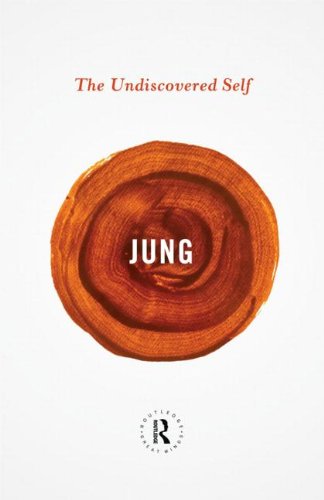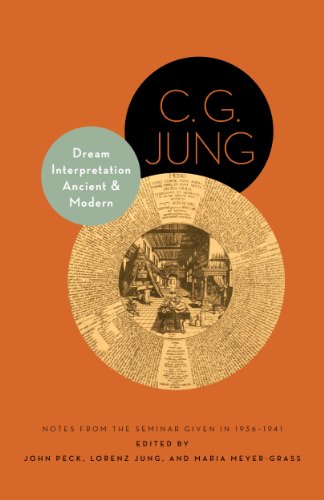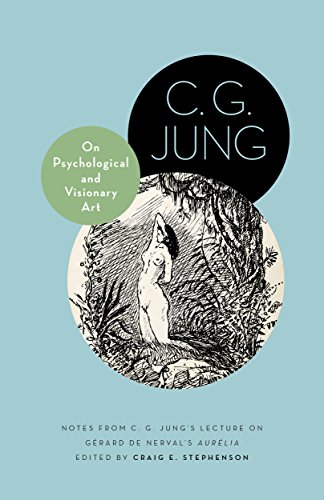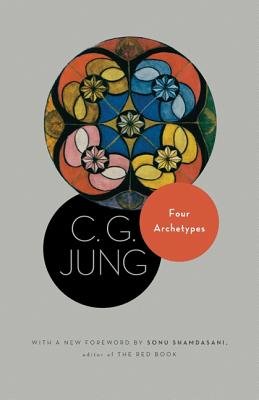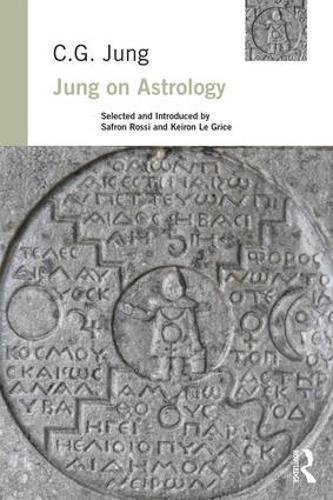C.G. Jung
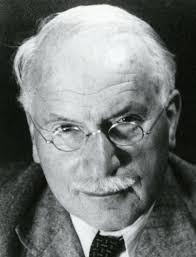
C. G. Jung (1875 - 1961) was a Swiss psychiatrist, innovative thinker and founder of Analytical Psychology, whose most influential ideas include the concept of psychological archetypes, the collective unconscious, and synchronicity. He is the author of numerous works, including Memories, Dreams, Reflections and Man and His Symbols.
The Spirit in Man, Art and Literature
This volume reveals the full range of Jung's involvement in this process, from his famous analysis of 'Psychology and Literature' to his landmark texts on Joyce's Ulysses and Picasso's paintings. (more)
The Question of Psychological Types: The Correspondence of C. G. Jung and Hans Schmid-Guisan 1915-1916
In 1915, C. G. Jung and his psychiatrist colleague, Hans Schmid-Guisan, began a correspondence through which they hoped to understand and codify fundamental individual differences of attention and... (more)
The Undiscovered Self
Written three years before his death this book presents Jung at his very best. Offering clear and crisp insight into some of his major ideas and arguments, such as the duality of human nature, the... (more)
Dream Interpretation Ancient and Modern: Notes from the Seminar Given in 1936-1941
From 1936 to 1941, C. G. Jung gave a four-part seminar series in Zurich on children's dreams and the historical literature on dream interpretation. This book completes the two-part publication of... (more)
Analytical Psychology
In 1935 Jung gave a now famous course of five lectures at the Tavistock Clinic in London. In them he set out in lucid and compelling fashion his theory of the mind and the methods he had used to... (more)
On Psychological and Visionary Art: Notes from C. G. Jung's Lecture on Gerard de Nerval's Aurelia
In 1945, at the end of the Second World War and after a long illness, C. G. Jung delivered a lecture in Zurich on the French Romantic poet Gerard de Nerval. The lecture focused on Nerval's visionary... (more)
The Development of Personality: Papers on Child Psychology, Education, and Related Subjects: The Collected Works of C.G. Jung: Vol. 17:
Papers on child psychology, education, and individuation, underlining the overwhelming importance of parents and teachers in the genesis of the intellectual, feeling, and emotional disorders of... (more)
Four Archetypes: The Collected Works of C. G. Jung: Vol. 9, Part 1
One of Jung's most influential ideas has been his view, presented here, that primordial images, or archetypes, dwell deep within the unconscious of every human being. The essays in this volume gather... (more)
The Jung-Kirsch Letters: The Correspondence of C.G. Jung and James Kirsch: Second Edition
This book charts Carl Gustav Jung's 33-year (1928-61) correspondence with James Kirsch, adding depth and complexity to the previously published record of the early Jungian movement. Kirsch was a... (more)
Psychological Types
Psychological Types is one of Jung's most important and famous works. First published by Routledge in the early 1920s it appeared after Jung's so-called fallow period, during which he published... (more)
Jung on Astrology
Jung on Astrology brings together C. G. Jung's thoughts on astrology in a single volume for the first time, significantly adding to our understanding of Jung's work. Jung's Collected Works, seminars,... (more)
Jung on Mythology
This volume collects and organizes passages on myth by Jung himself and by some of the most prominent Jungian writers after him: Erich Neumann, Marie-Louise von Franz and James Hillman. (more)
Collected Works Vol.14: Mysterium Coniuntionis - An Inquiry into the Separation and Synthesis of Psychic Opposites in Alchemy
Mysterium Coniunctionis was first published in the Collected Works of C.G. Jung in 1963. For this second edition of the work, numerous corrections and revisions have been made in cross-references to... (more)
Collected works Vol.20: General index
752p Hardback 1979
The Zofingia Lectures: Collected Works Supplementary Volume 'A'
The Zofingia Club was a discussion group to which C.G. Jung belonged as a medical student: in 1897 he became Chairman, and gave five lectures. These have survived and are published here in a... (more)
Collected Works Vol.8: The Structure and Dynamics of the Psyche
The Structure and Dynamics of the Psyche first appeared in the Collected Works in 1960. In this new edition bibliographical citations and entries have been revised in the light of subsequent... (more)
Dream Analysis: Notes on the Seminar Given in 1928-30 (Part 1)
This seminar was given at a series of weekly meetings, and was based on the dreams of one of Jung's male patients. It contains a storehouse of dream interpretation by Jung himself.






